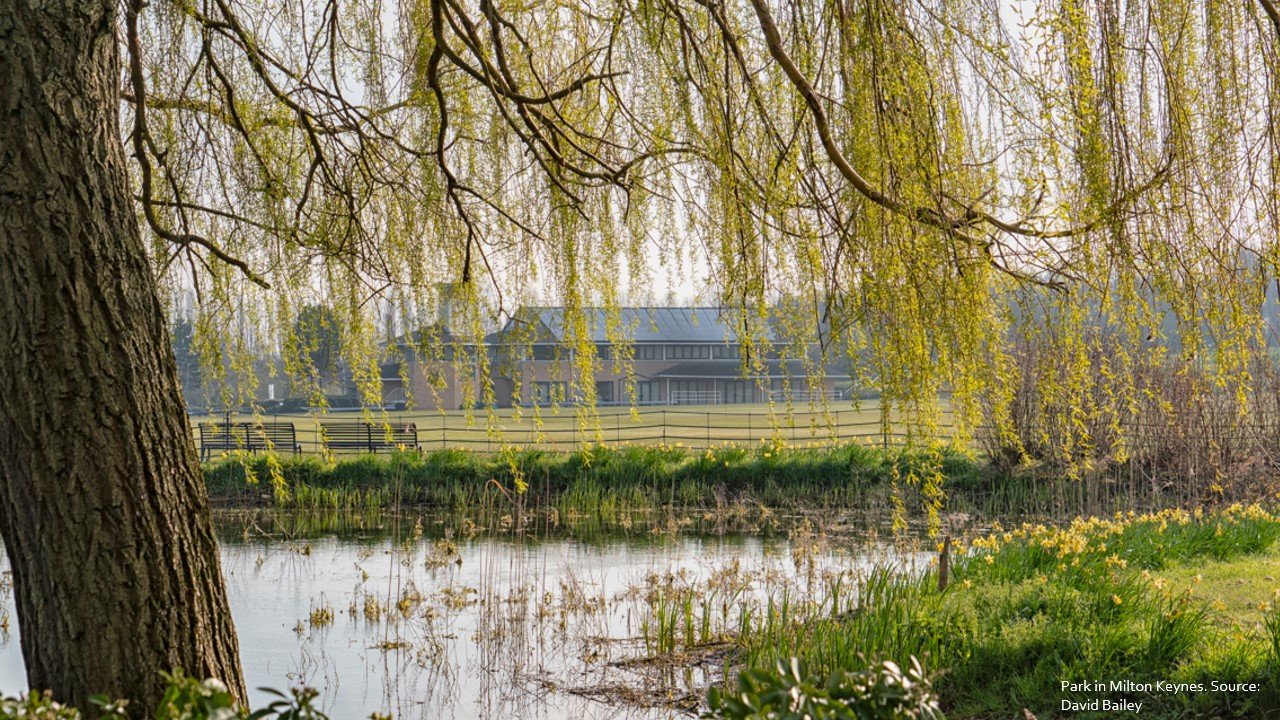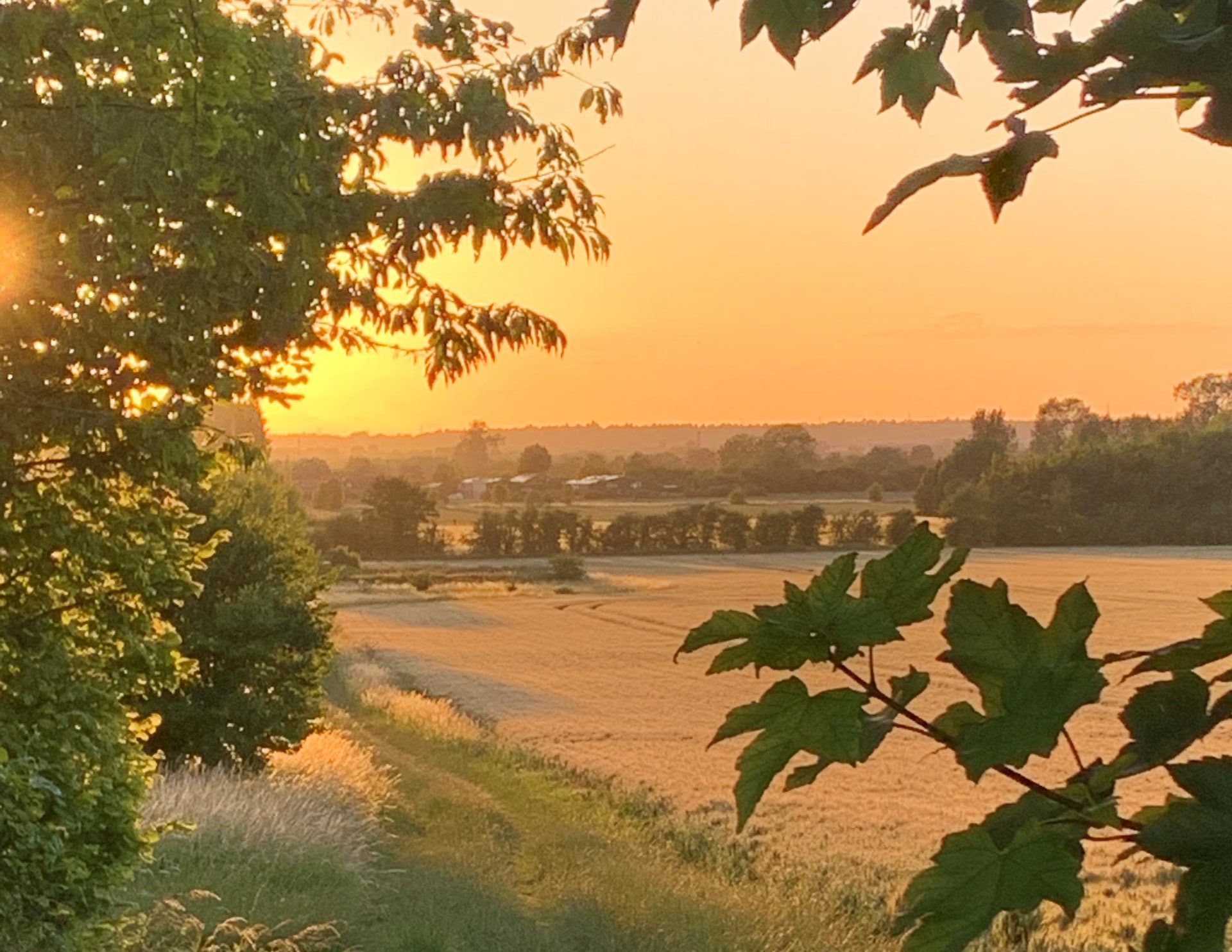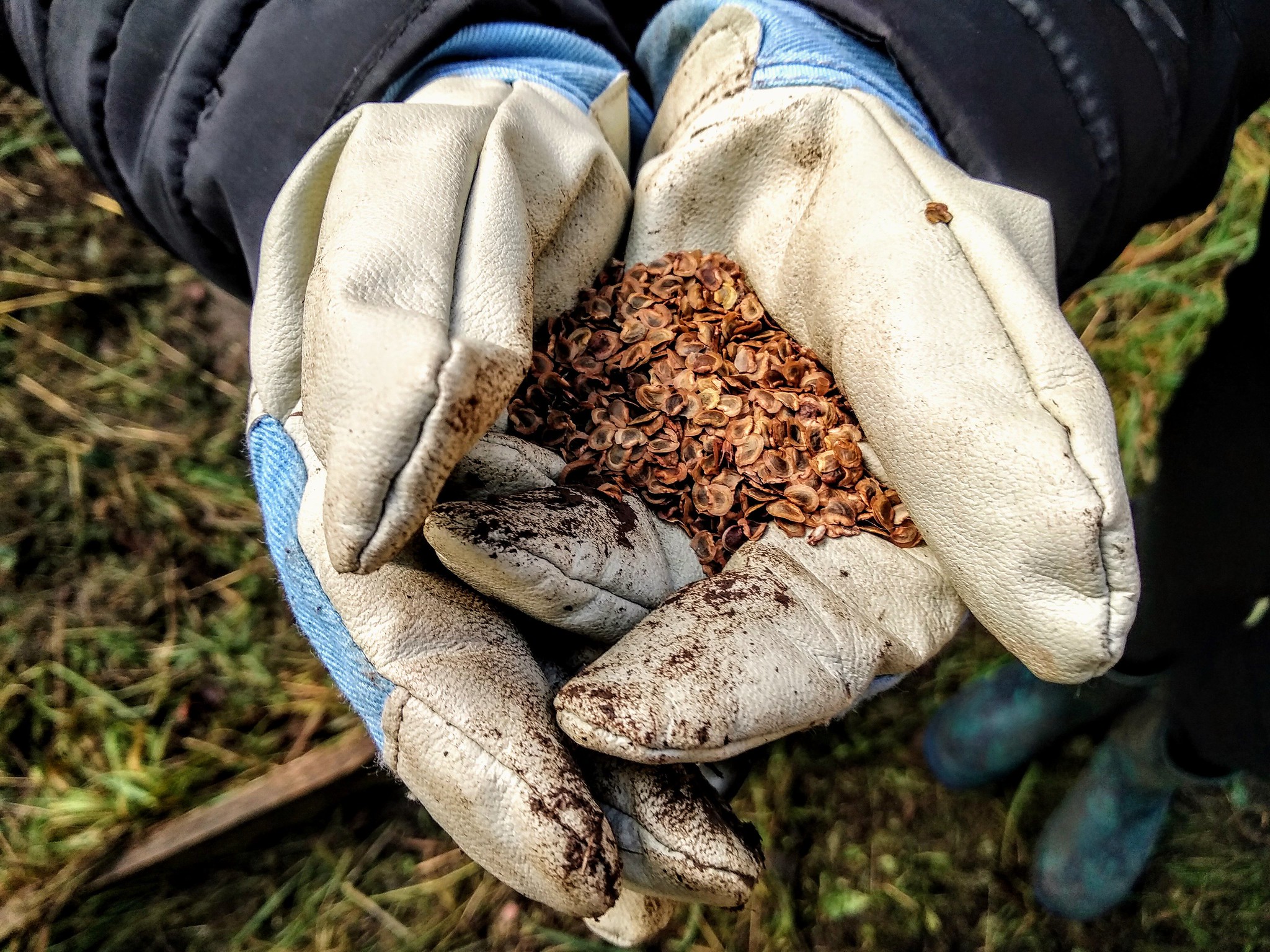The NEP’s Nature Recovery Delivery Group partners have been involved in two projects recently looking at possibilities for monitoring habitat change over time at the landscape scale. Below we describe the work we have done with Natural England funding in 2024 to review the potential for expanding an existing citizen-science led monitoring system called “Tracking the Impact” to the Buckinghamshire and Milton Keynes scale, and its suitability as a means for supporting monitoring of the upcoming Local Nature Recovery Strategy. We also outline below the outputs of an expert workshop we brought together to review how evolving and precision satellite remote sensing and drone technology could be used to support habitat and species monitoring and conservation management, and our planned next steps.
1) Tracking the Impact – a valid monitoring approach for the Buckinghamshire and Milton Keynes Local Nature Recovery Strategy? (March 2024)
The NEP led a successful bid to Natural England in 2023 for some seedcorn funding, working closely alongside our partners BBOWT and the Chilterns Conservation Board. The project’s aim was to identify whether the award-winning “Tracking the Impact” citizen-science-led monitoring programme that was developed by the Chilterns National Landscape, is appropriate to scale up to support the Local Nature Recovery Strategy (which in our case covers Buckinghamshire and Milton Keynes).
Read our report assessing “Tracking the Impact and its suitability for land-scale scale monitoring”, with particular reference to Bucks and MK, here: Tracking the Impact – A valid monitoring approach for the Buckinghamshire and Milton Keynes Local Nature Recovery Strategy?
Background – Tracking the Impact
Tracking the Impact (TTI) is an award-winning landscape-scale wildlife surveying programme in the Chilterns National Landscape. It was developed as part of the Chalk, Cherries and Chairs Landscape Partnership funded by the National Lottery Heritage Fund. Since 2020, when the TTI scheme was first developed, a team of over 250 volunteers have gathered over 20,000 species records in the Central Chilterns. TTI adopts tried-and-tested protocols used by National Monitoring Programmes, including the Breeding Bird Survey, Wider Countryside Butterfly Survey, and National Plant Monitoring Scheme .
Volunteer training and ongoing engagement and support in survey methodology and species ID is central to the success of the scheme, with a blend of online and in-field training plus ready access to local expertise including through an active WhatsApp group. The TTI survey methodology generates estimated population and distribution trend data for birds, butterflies, and plants, across 78 x 1km squares in the central Chilterns. The aim is over the long term to provide a proxy for the state of nature at a landscape scale.
The NEP’s Natural England-funded landscape-scale monitoring project
Alongside a Steering Group we employed Wild Pear CIC consultancy to engage with key stakeholders (existing volunteers and experts) via interviews and workshops, to understand, simplify and articulate:
- what is required for a monitoring scheme at the Bucks and MK scale
- evaluate the extent to which “Tracking the Impact” meets those requirements, and, if so,
- the challenges that face in scaling up of the scheme – alongside recommendations to overcome them.
With particular thanks to our partners:
- The MK Parks Trust – https://www.theparkstrust.com/
- BBOWT – https://www.bbowt.org.uk/
- Natural England – http://www.gov.uk/natural-england
- Chilterns Conservation Board – https://www.chilterns.org.uk/about-us/conservation-board/
- JNCC – https://jncc.gov.uk/
2) Using remote sensing to support biodiversity monitoring – NEP workshop Oct 2023
In October 2023, the NEP and the OxCam Pan Regional Partnership, in conjunction with SA Catapult at Westcott in Buckinghamshire, ran a workshop for experts in our area and more widely from Oxfordshire to Cambridgeshire, to explore together potential innovative approaches to biodiversity management, using imagery-based solutions generated by satellites and drones. The workshop was led by SPARK and brought together experts from universities, local government, environmental records centres, conservation organisations and private companies. We collectively co-created four innovative “use cases” for the technology and biodiversity management, and are now looking to bring partners and funding together to take these project proposals to further stages of development.
You can read about the workshop and our findings here: NEP OxCam SPARK Workshop Report FINAL



